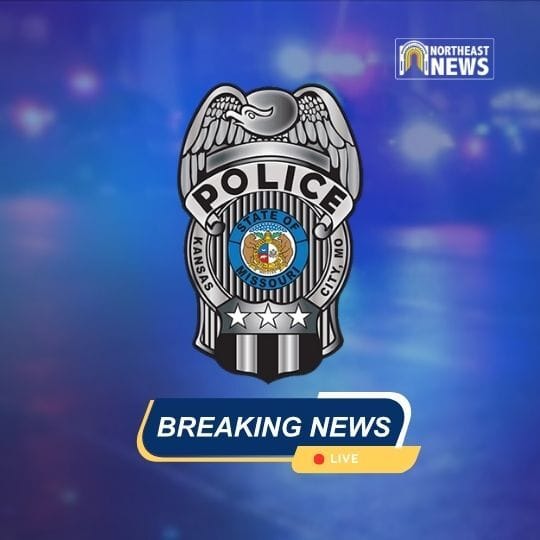By LESLIE COLLINS
Northeast News
May 29, 2013
For Kansas City, red light cameras are paying off.
“These cameras have proven to dramatically alter people’s behavior,” City Council member John Sharp said.
As a result of the red light cameras’ success, the City Council voted May 30 to renew a five-year $8 million contract with American Traffic Solutions LLC, which installs and operates the cameras.
Currently, 29 cameras are installed at 17 intersections across the city, and the contract allows the city to increase or decrease the number of cameras and change the intersection locations.
“Going forward we will continue to review the locations we have, and we have been doing that,” said Greg Rokos, assistant director of the city’s Public Works Department.
Kansas City began installing red light cameras in 2009 and fully implemented the system in 2010. Since installation, the Kansas City Police Department (KCPD) noted a reduction in crashes at 26 of the 29 locations, said Maj. James Pruetting of the KCPD Traffic Division.
During the first year, traffic accidents at those locations decreased by 64 percent; the second year, accidents decreased by 54 percent, said City Council member Scott Taylor.
In addition, he said, 86 percent of individuals who receive a red light ticket change their behavior and don’t get a subsequent ticket in the future. Only 11 percent of individuals receive a second ticket for a separate incident and only 3 percent of individuals receive more than two tickets.
“I think the facts speak for themselves in this case,” Taylor said of the positive impact of red light cameras.
Since the beginning of the program, 191,000 citations have been issued and the number of yearly citations continues to decrease.
“They do change behavior. Since we’ve installed them, we’ve seen a major shift in who is getting these citations,” Sharp said.
Originally, most of the tickets were issued to Kansas City residents; now the bulk of citations are issued to out-of-town drivers, Sharp said.
In at least 60 cases, KCPD has been able to use video from the red light camera system to assist in investigating serious crimes, Sharp said.
Having the red light cameras is like having a police officer sitting at an intersection and frees up police resources, Taylor said. Pruetting agreed.
While crashes have decreased at most intersections, three intersections recorded an uptick in crashes and included US 71 HWY/East 59th Street, US 71 HWY/East Gregory Boulevard and East Red Bridge/US 71 HWY. Pruetting said the police department knew an increase in rear-end collisions would be a possibility due to the cameras. However, he said, rear-end accidents have significantly less serious injuries than T-bone accidents.
“The outcomes are much more favorable for rear-end accidents,” Pruetting said.



















